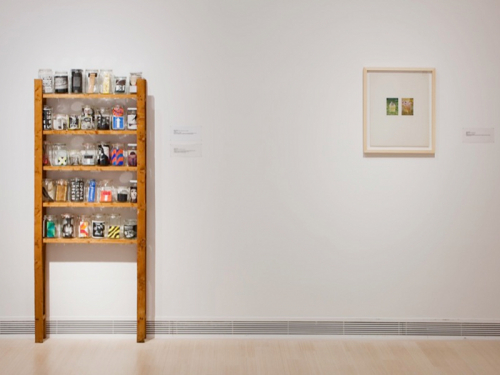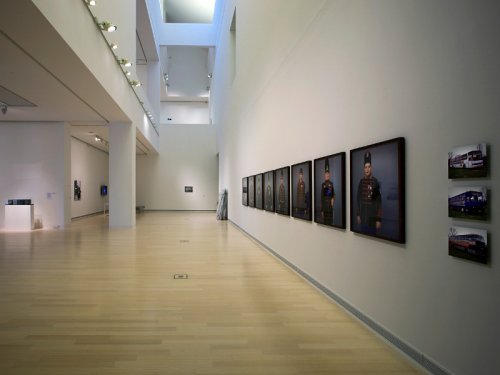Judit Kele first studied textile art, then set- and costume-design. In 1979 she decided to take a radical step and declared her own self to be a piece of art. She continued consistently along this path through the mid-1980s. “I am a Work of Art” was a performative action wherein she took the place of the textile to be woven at the loom, and presented herself as a work of art in the grand setting of the Museum of Fine Arts, in a spot where an El Greco painting – on loan at the time – would normally be shown. The cordoned-off, live work of art spent 3 days in the museum under the gaze of visitors, as well as the watchful eye of a uniformed, armed guard, protecting the piece as if it were another one of the high value assets on display. In 1980, as a logical progression of her earlier work, Kele decided to take a provocative, yet – as far as her status as an Eastern European female (artist) was concerned – rather ambivalent step. She placed an ad in the Parisian newspaper Liberation, whereby she solicited offers from men to marry her, and the selected finalists could then bid on her as a piece of art. The auction was held as part of the acclaimed Paris Biennale, and the highest bidding “collector” purchased the work for himself. The thin line between life and play suddenly dissolved when Kele entered marriage with the buyer at a ceremony held in Budapest under the gaze of several plain clothes police officers, and moved to Paris. A few years later Kele spoke in a French television interview about the asymmetrical relationship of the “art piece” and its owner, i.e. the relationship that had become rather complicated between the penniless young Hungarian émigré and the wealthy Frenchman. K.Sz.



